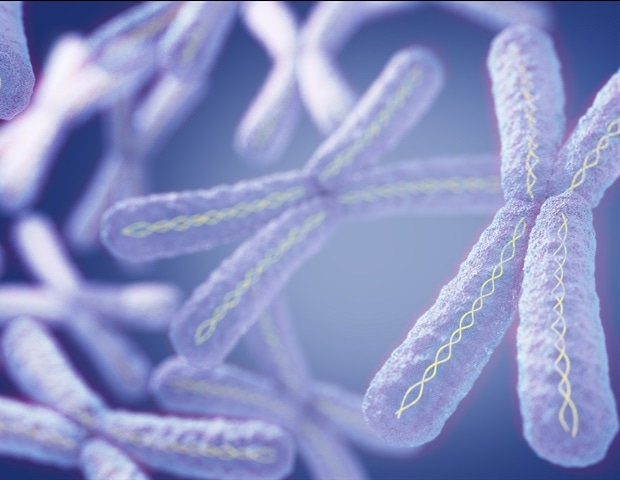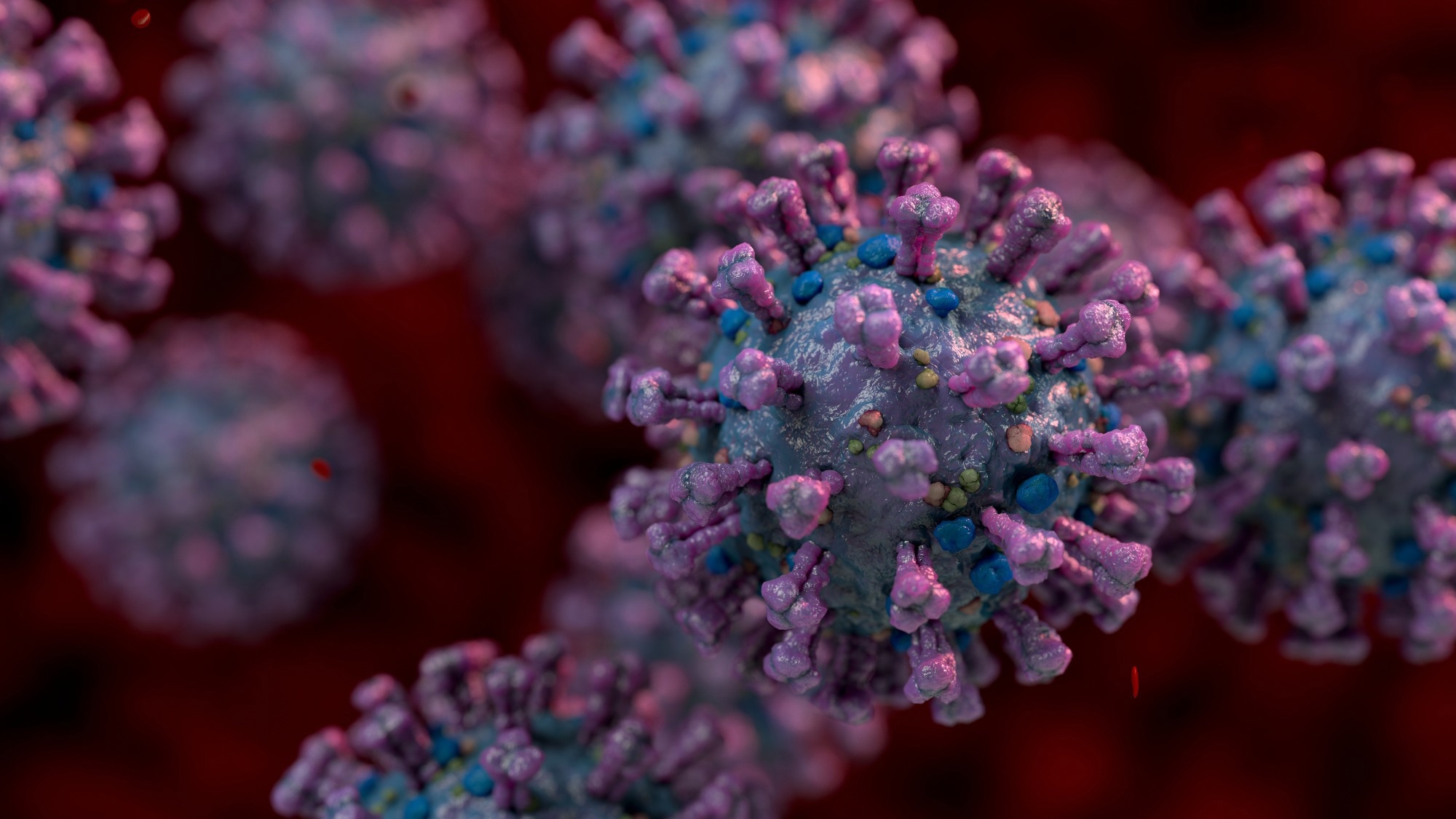In a recent study published in the Proceedings of the Royal Society B, researchers performed a combined metagenomic and cophylogenetic modeling analysis to evaluate the impact of climate change on viral spillover risks in the context of a changing High Arctic environment.
The spectrum of hosts for viruses is very diverse since viruses could infect some species to several phyla of organisms. On confrontation with a novel host, a viral organism could infect the host and sustainably transmit in the novel host, and the process is known as a viral spillover. However, viral spillover risks cannot be quantified easily. In light of rapidly transforming environments due to climatic variations, spillover risk assessment is essential and requires further investigation.
About the study
In the present study, researchers performed a metagenomic analysis to assess the impact of climate change (global warming and glacier runoff) on viral spillover risks emphasizing two local environments, lake sediments, and soil samples from the Hazen freshwater lake in the High Arctic region.
Between May 10 and June 10, 2017, sediment and soil cores were collected from Lake Hazen. The core samples were paired between these two environments for contrasting sediment and soil sites when possible. Soil samples were obtained from three regions in the seasonally dried riverbeds of the tributaries, the northern shore, and upstream of the freshwater lake. The corresponding lake sediment samples were separated into hydrological regimes based on their seasonal runoff volumes.
The core samples were subjected to ribonucleic acid (RNA) and deoxyribonucleic acid (DNA) sequencing analysis to reconstruct the lake’s virosphere in its sediments and soils and its range of eukaryotic hosts by utilizing a combined metagenomics and metatranscriptomics approach. Twelve libraries (six each for RNA and DNA), two for every sampling site, were prepared, and the libraries were replicated for every sample. Subsequently, the viral spillover risks were estimated based on the congruence between the eukaryotic host and viral phylogenetic trees.
Results and discussion
Viruses represented <1.0% of contigs, and the core samples were primarily dominated by bacterial organisms (≥89%), with low eukaryote proportions (≤6.4%) in nearly all (11 out of 12) samples. The team found eukaryotic viruses, bacteriophages, and even virophage species among viral HSPs, and were distributed unevenly between the DNA (100%) and RNA (74%) genomes.
The findings were unexpected since fungal biomass surpasses bacterial biomass in the Arctic environment, and eukaryote organisms are established as prime targets of RNA viruses. Most eukaryotic viral organisms primarily targeted fungi and plants, with proportions ranging between 62% and 92%.
Different spillover risk patterns were noted for the lake sediments and soil samples. As glacier runoff volume increased, spillover risks remained persistently high but declined for soil samples. With an enhancement in the glacial runoff, the glacier erosion force would also increase, transporting riverbank and riverbed contents into the freshwater lake. The erosion would thus eradicate pathogens from the environmental topsoil and therefore decrease virus-host interaction chances, i.e., reduce the risk of viral spillovers.
Contrastingly, an increase in glacier runoff volume for the lake sediments increased spillover risks significantly. In recent times, Hazen Lake underwent a remarkable alteration in the rates of sedimentation from 2007 onwards in comparison to the rates observed during the last 300 calendar years. Increased runoff from the glaciers would drive the delivery of sediments to the High Arctic Lake and enhance turbidity that could perturb anoxic base water reported in previous records.
Seasonal variations in water column turbidity could fragment the lake’s habitat yearly, more so from 2007 onwards. The lake habitat fragmentation could create favorable spillover conditions based on the effect of coevolution. Fragmentation would create genetic flow barriers, increasing the genetic drift in finite populations and accelerating the virus and host coevolution.
The acceleration could lead to the diversification of viruses, as observed in the increase in β-diversity at the viral family level. If the diversification is amalgamated with bridge vectors such as terrestrial system mosquitoes and/or invasive species in reservoirs, viral spillover risks could increase further.
Lake sediments can be considered environmental archives since they can maintain the genomic material of aquatic species over time, potentially to a lower degree, from the drainage basin. Irrespective of the site of host-virus interactions, spillover risks increase with climate warming for lake sediments.
Protists and animals were the most susceptible to spillover, whereas fungi and plants demonstrated a lower spillover susceptibility, although fungal and plant viruses were overrepresented in the samples. The hosts included relatives of known disease vectors such as Aedes aegypti (yellow fever), Ixodes scapularis, and pathogens like the Pseudogymnoascus destructans (white-nose syndrome among bats), and Fusarium poae (wilting of plants). The findings indicated that spillovers may already have begun to happen.
Overall, the study findings showed that viral spillover risk increased with runoff from glacier melt, a proxy for climatic change. If climate change shifts the species range of potential viral vectors and reservoirs toward the north, the High Arctic region could become fertile ground for emerging pandemics.
Journal reference:
Lemieux A, Colby GA, Poulain AJ, Aris-Brosou S. (2022). Viral spillover risk increases with climate change in High Arctic lake sediments. Proceedings of the Royal Society B. doi: https://doi.org/10.1098/rspb.2022.1073 https://royalsocietypublishing.org/doi/10.1098/rspb.2022.1073














